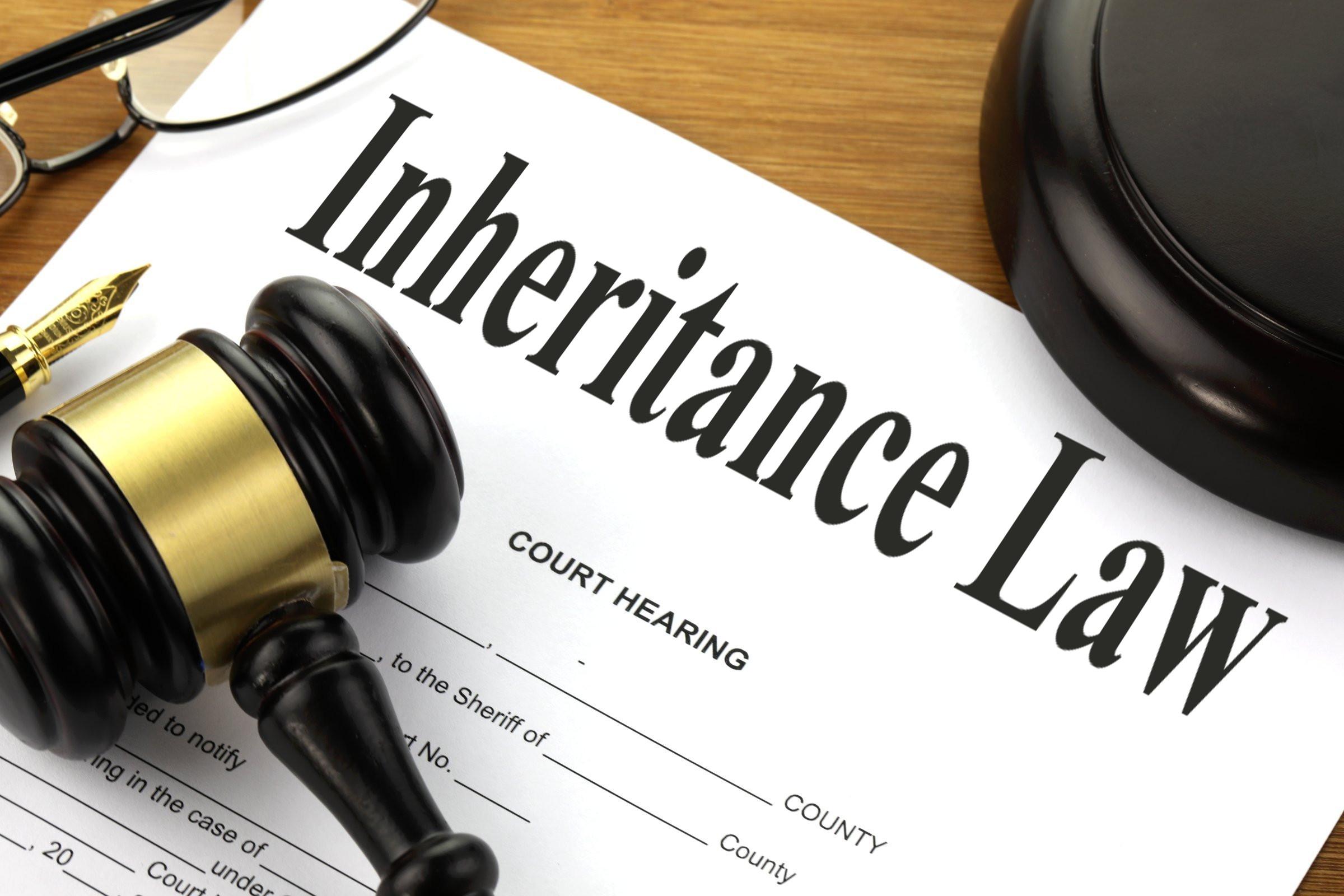When considering how to distribute assets among heirs, there are various options to choose from. One crucial consideration is whether to divide an inheritance on a per capita or per stirpes basis. Understanding the distinction between these two methods is essential to ensure that a deceased individual’s estate is distributed according to their wishes. Let’s explore the nuances of per capita and per stirpes inheritance distribution in the realm of estate planning.
Understanding the Distinction Between Per Capita and Per Stirpes Distribution
In navigating the complexities of estate planning, it is vital to understand the difference between per capita and per stirpes distribution. These terms refer to how assets are distributed among beneficiaries in the event of someone’s passing.
Per capita distribution entails dividing assets equally among all living beneficiaries, regardless of their relationship to the deceased. On the other hand, per stirpes distribution takes into account the deceased individual’s descendants. In this scenario, if a beneficiary has predeceased the individual, their share would be divided equally among their own descendants.
Consider the following example to better illustrate the difference:
– Parent leaves estate to children per capita
– Child 1 (deceased) with no descendants
– Child 2 receives 50% of the estate
– Child 3 receives 50% of the estate
Understanding the Implications of Per Capita and Per Stirpes Distribution
When it comes to estate planning, one of the key decisions to make is whether to distribute assets per capita or per stirpes. Both methods have their own advantages and drawbacks, so it’s important to carefully consider which option is best for your specific situation.
Per Capita: This method evenly distributes assets among all living beneficiaries. If any beneficiary predeceases the testator, their share will be divided among the remaining beneficiaries. This can be a straightforward way to ensure that each beneficiary receives an equal share of the estate.
Per Stirpes: This method divides assets among branches of the family, rather than individuals. If a beneficiary predeceases the testator, their share will be passed down to their descendants. This can be a more complex method, but it ensures that each branch of the family is treated equally.
Maximizing Inheritance Efficiency Through Per Capita or Per Stirpes Planning
In estate planning, deciding between per capita or per stirpes distribution can significantly impact how assets are passed down to beneficiaries. Choosing the right distribution method is crucial in maximizing inheritance efficiency and ensuring that your wishes are carried out effectively. Consider familial relationships and tax implications to minimize tax liabilities for your beneficiaries. Consulting with a qualified estate planning attorney is essential in determining whether per capita or per stirpes distribution is the best option for your specific circumstances.
Navigating Complex Family Dynamics with Per Capita vs. Per Stirpes Distribution
When it comes to estate planning, one important decision to make is how your assets will be distributed among your heirs. Two common methods of distribution are per capita and per stirpes.
Per capita distribution divides assets equally among all living descendants, regardless of their relation to the deceased. This can simplify the distribution process and prevent unequal treatment of family members.
Per stirpes distribution divides assets among branches of the family tree. This means that if a designated heir has passed away, their share would be distributed equally among their descendants.
Choosing between per capita and per stirpes distribution can be a complex decision, especially in families with complicated dynamics. Seek advice from a legal professional to determine which method best aligns with your family’s unique situation.
The Conclusion
Ultimately, whether you choose to distribute assets per capita or per stirpes depends on your individual circumstances and preferences. Both methods have their own advantages and considerations, so it is important to carefully weigh your options before making a decision. Proper estate planning can help ensure that your loved ones are provided for in the way that aligns best with your wishes. Remember, seeking guidance from a legal professional can help navigate the complexities of inheritance distribution and put your mind at ease. Thank you for delving into this nuanced topic with us.

Title: Maximizing Your Inheritance: Understanding Per Capita vs. Per Stirpes
When it comes to inheriting assets or wealth from a deceased family member, it’s crucial to understand the legal concepts of per capita and per stirpes. These terms are often used in estate planning and can have a significant impact on how an inheritance is distributed among beneficiaries. In this article, we will explore the differences between per capita and per stirpes, their implications, and how you can maximize your inheritance by understanding these concepts.
What is Per Capita?
Per capita, a Latin term meaning “by head,” refers to the distribution of an estate where each beneficiary receives an equal share regardless of their generation or relationship to the deceased. In other words, the estate is divided equally among all living beneficiaries, without considering their familial ties or proximity to the deceased. This means that each beneficiary, whether they are a child, grandchild, or more distant relative, receives an equal portion of the inheritance.
What is Per Stirpes?
Per stirpes, another Latin term meaning “by branch,” involves the distribution of an estate among the descendants of a deceased beneficiary. Under per stirpes distribution, each branch of the family receives an equal share of the inheritance. If a primary beneficiary has predeceased the deceased, their share is divided equally among their children or other descendants. This method ensures that the assets are distributed by family lines rather than equally among all living beneficiaries.
Implications and Considerations
The choice between per capita and per stirpes distribution can have significant implications for how an inheritance is divided. Understanding these implications is essential for maximizing your inheritance and ensuring that your family’s interests are protected. Here are some important considerations to keep in mind:
-
Family Dynamics: Per capita distribution may favor more distant relatives over closer family members, potentially leading to disputes and conflicts within the family. Per stirpes, on the other hand, ensures that each branch of the family receives a fair share, reflecting familial ties and relationships.
-
Equal Treatment: If there are multiple generations of beneficiaries, per capita distribution may result in younger beneficiaries receiving a larger share of the inheritance, while older beneficiaries receive less. Per stirpes provides a more balanced approach, ensuring that each branch of the family is treated equally.
-
Legacy Planning: For individuals with specific intentions for their assets, such as preserving a family business or legacy, per stirpes distribution allows for a more structured and targeted approach to inheritance, ensuring that assets are passed down through specific family lines.
Practical Tips for Maximizing Your Inheritance
To maximize your inheritance and ensure that it is distributed according to your wishes, it’s important to consider the following practical tips:
-
Seek Professional Guidance: Estate planning can be complex, and the choice between per capita and per stirpes distribution is just one of many decisions that need to be made. Consult with a qualified estate planning attorney or financial advisor to ensure that your inheritance is distributed in the most advantageous manner.
-
Update Your Will: If you have specific intentions for how your assets should be distributed among your beneficiaries, make sure to update your will or estate plan accordingly. Clearly specify whether you prefer per capita or per stirpes distribution to avoid any ambiguity or confusion.
-
Consider Family Dynamics: Take into account the relationships and dynamics within your family when deciding on the appropriate distribution method. Consider whether per capita or per stirpes distribution aligns with your family’s values and relationships.
Case Study: The Importance of Per Stirpes Distribution
Consider a scenario where a deceased individual leaves behind three children, A, B, and C, along with several grandchildren. Under per capita distribution, each living beneficiary, regardless of their relation to the deceased, would receive an equal share. This means that A, B, and C would receive the same amount as the grandchildren, potentially leading to inequality and disputes within the family.
However, if the deceased had specified per stirpes distribution, each branch of the family—A’s descendants, B’s descendants, and C’s descendants—would receive an equal share, in line with familial ties and relationships. This approach could help preserve family harmony and ensure that each branch of the family is treated fairly.
In Conclusion
Understanding the differences between per capita and per stirpes distribution is crucial for maximizing your inheritance and ensuring that your family’s interests are protected. By seeking professional guidance, updating your will, and considering family dynamics, you can make informed decisions that align with your intentions and values. Whether you prefer per capita or per stirpes distribution, careful planning and consideration can help safeguard your family’s financial legacy for generations to come.


